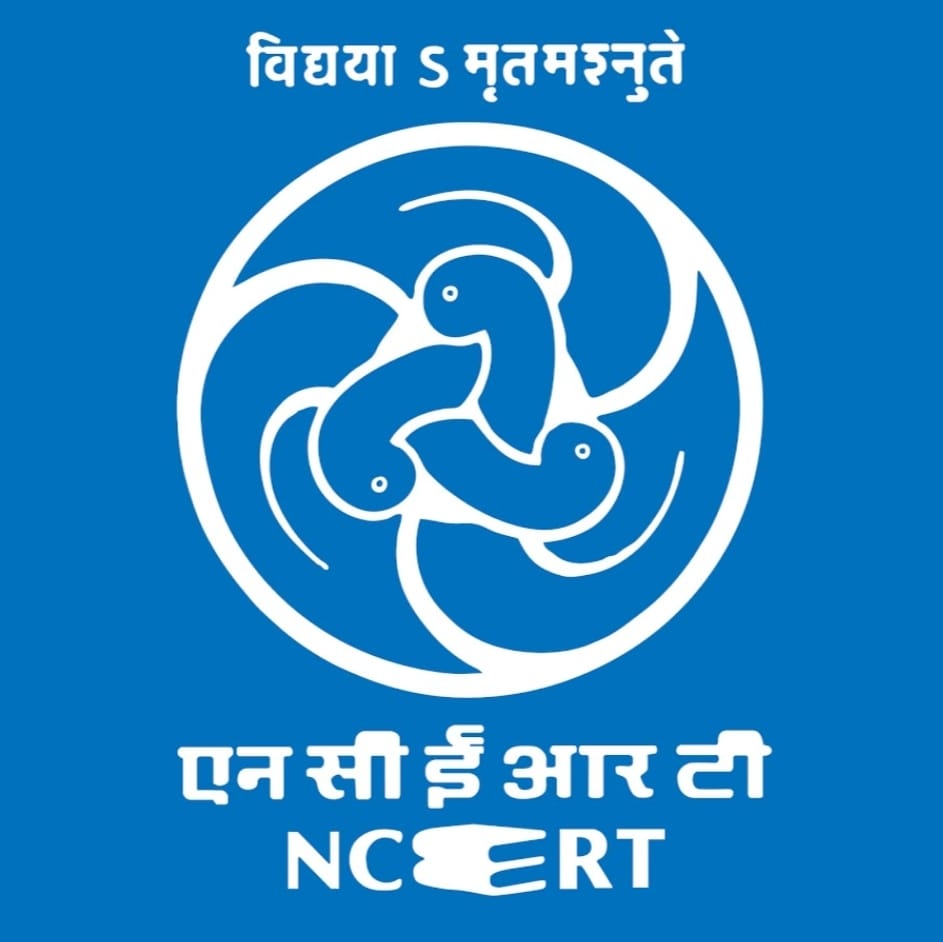In a move aimed at honoring the country’s rich historical and cultural heritage, the National Council of Educational Research and Training (NCERT) has announced that ‘Bharat’ will be used interchangeably with ‘India’ in school textbooks. This decision underscores the dual identity of the nation, reflecting both its ancient roots and contemporary reality. By integrating both names, the NCERT aims to foster a deeper appreciation among students for the nation’s diverse legacy.
The name ‘Bharat’ finds its origin in ancient Indian texts and traditions, symbolizing the country’s longstanding history and cultural ethos. In contrast, ‘India’ is a name that resonates globally, representing the nation in the international arena. The use of both names in educational materials is not merely a semantic change but a deliberate effort to enrich the narrative of India’s past and present. It encourages students to recognize and respect the multiplicity of the nation’s identity.
This initiative by the NCERT is expected to enhance the educational experience by providing a more nuanced understanding of the country’s identity. It aligns with a broader trend of revisiting and re-evaluating historical narratives to include diverse perspectives. As students learn about ‘Bharat’ alongside ‘India’, they will gain a more holistic view of their country’s heritage, enabling them to appreciate its complexity and continuity. This inclusive approach to education aims to bridge the gap between India’s ancient civilization and its modern existence, fostering a sense of pride and connection among future generations.

